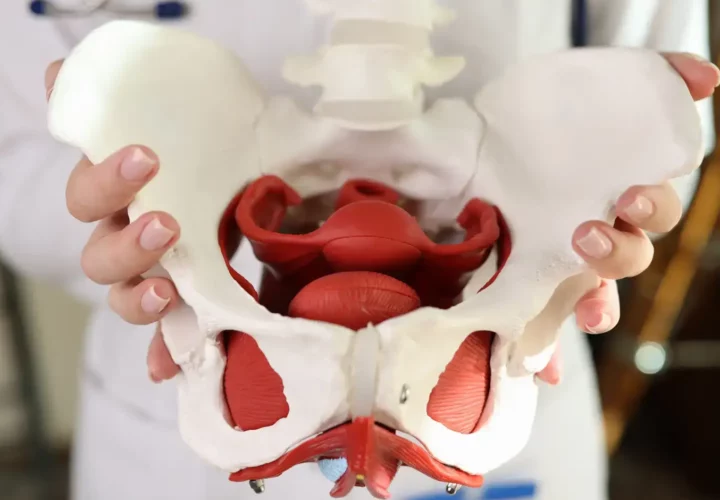Growing up, The Joker was always one of my favorite characters. Some may think that it was crazy, but he had such a weird vibe it drew me to him. Last year, the movie “Joker” came out and it really made me realize why that character was portrayed the way he was. However, in “Joker”, Arthur Fleck suffers from uncontrollable laughter or Pseudobulbar Affect (PBA). Until this movie, I had never heard of this condition. In fact, this condition is so interesting and misunderstood it’s typically misdiagnosed.
What it is
PBA typically occurs in those with certain neurological conditions/injuries. This affects the way the brain controls their emotions because there is a disconnect between the frontal lobe (emotions), the cerebellum, and the brain stem (where reflexes are mediated). These effects are very uncontrollable and don’t need an emotional trigger to occur. If you have seen the movie Joker, then you saw how laughing, crying, or anger just comes out of thin air. Though with PBA you will experience normal emotions, sometimes they may be expressed in an exaggerated manner or inappropriate way. This can also be seen in the movie Joker. As a result, most people with PBA find this condition to be embarrassing and disruptive to their life.
PBA occurs as a result of neurological diseases such as:
- Stroke
- Amyotrophic lateral sclerosis (ALS)
- Parkinson’s
- Traumatic brain injury
- Multiple sclerosis
- Dementia
- Wilson’s disease
- Brain tumors
Signs and Symptoms
Frequent, involuntary, and uncontrollable outbursts of either crying or laughing not connected to a persons emotional state is the primary sign of pseudobulbar affect(PBA). More times than often, the laughter also turns to tears. The persons mood may even seem normal between episodes. However, crying is a more common sign than laughing.
PBA is frequently mistaken for depression because those affected cry. However, PBA episodes tend to be short in duration. Depression causes a persistent feeling of sadness. Also, people with PBA often lack certain features of depression, such as sleep disturbances or a loss of appetite. But depression is common among those who have Pseudobulbar Affect and this is why PBA is typically misdiagnosed.
Treatment
Pseudobulbar Affect can be treated. The first thing to do is getting an accurate diagnosis so your physician can accurately treat you. You are also going to want to help make sure everyone in the affected persons life is educated. This includes any caregivers, friends, family, or other loved ones.
For those with PBA, these techniques may help you:
- Be open about the problem so people aren’t surprised or confused when you have an episode.
- Distract yourself by counting the number of objects on a shelf or by thinking about something unrelated when you think you’re about to have an episode.
- Take slow deep breaths until you’re in control.
- Relax your forehead, shoulders and other muscle groups that tense up during an episode.
- Change your body position. Note your posture when you’re having an episode.
- When you think you’re about to cry or laugh, change your position.
In the past, PBA has been treated with anti-depressants, although they have proven to be mildly successful. Other methods have included counseling and even group therapy. Ongoing research into stroke, traumatic brain injury, multiple sclerosis, Alzheimer’s disease and ALS continues to increase knowledge about PBA.
Other treatment options people with Pseudobulbar Affect have tried include physical therapy and occupational therapy. These methods have seemed to help because they keep you moving and doing daily activities.
Though PBA is misdiagnosed, it is something you need to be educated on. And while everyone is still learning about it, the best thing we can do is be there for those who are struggling with this condition.



